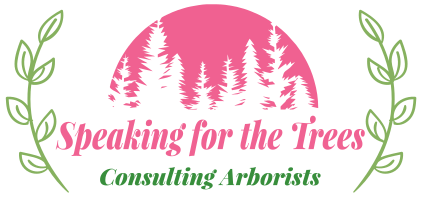Shade trees are a familiar part of the scenery in the Southern states with various species flourishing throughout all seasons. Shade trees are a common refuge from the sweltering summer sun in the South. They’re commonly planted on the western or eastern side of a structure or property to maximize their effects and provide more shade during the morning and afternoon They can be used as means to push summer breezes to a specific direction, add to the value of your home, improve landscape durability by decreasing the erosion of soil, lessen stormwater flows, and increase rainwater infiltration and the range of local wildlife.
For property owners seeking to make the most informed decision, we must focus on the selection criteria. Typically there are two criterion for tree selection in both urban and suburban landscapes:
- Fast growth for new home sites so shade may be provided quickly.
- Smaller to medium-sized trees to assist with smaller lots.
Matching the environmental and soil conditions for maximum growth of particular plants to the site conditions where they will be planted is the first step. When choosing your plants, do so using the advantages the site offers that match best with the demands of the tree. The most important elements to look for above ground are the amount of sunlight (duration and intensity), rainfall, and the range of temperatures it will be exposed to throughout the year. Below-ground environmental factors are soil texture, structure, fertility, the moisture of the soil, and things that get in the way of root growth. Be sure to know of any man-made obstacles you may come across. Things like utility lines, rights-of-way, and any legal restrictions should be explored. Test the health of your soil by ordering a soil kit or you can visit a County Extension Office and they can assist with every step to properly test your soil.
Longevity of trees needs to be considered when planning a landscape. Trees that are short-lived need more care, and planting them near sheds, power lines or other structures that can be damaged by tree failure should be avoided. Fast growing trees can have aggressive root systems with many different surface roots. Also, understand the size of your tree once it matures and stay away from planting it within a measured distance from things like septic tank drain lines or sewer lines. It\’s also best to use organic materials when planting trees. Mulch will decompose into the soil, adding much needed organic matter. To garner the best growth use organic matter or compost to the entire landscape prior to planting. Continuing to add organic matter over time is highly recommended, as soil conditions after new construction are generally poor.
Plant at the correct depth, DO NOT excessively pack the fill-soil, and water the tree after planting, then mulch. The absolute most important gift you can offer a young tree is water during establishment. As little as 40 gallons over the first season and planting will make all the difference in the world. Plants will benefit from water anytime throughout the year, not just the warmer months.
During your tree selection, be sure the root ball is damp and has not been broken, and that the soil is not cracking. When buying trees grown in containers, check to see if one root in the top third of the root ball is one-fifth the size of the base of the trunk and is circling two-thirds of the trunk. If so, you might want to avoid this tree because it is potbound and may have trouble becoming accepted in soil.
